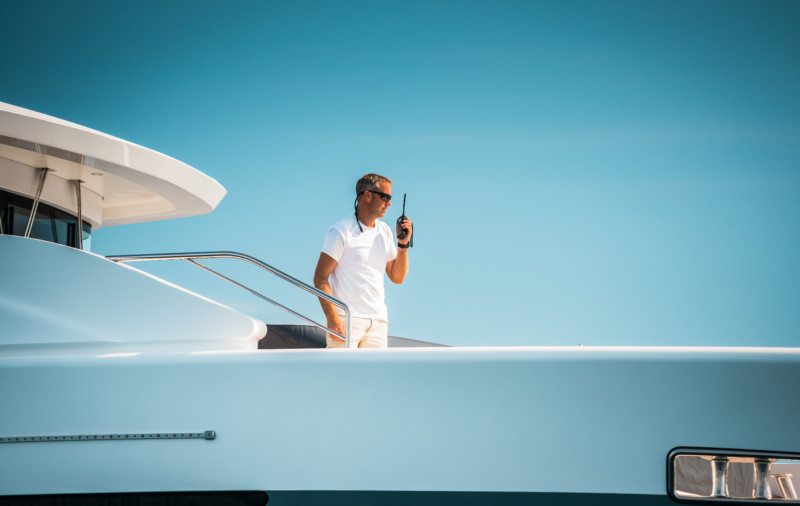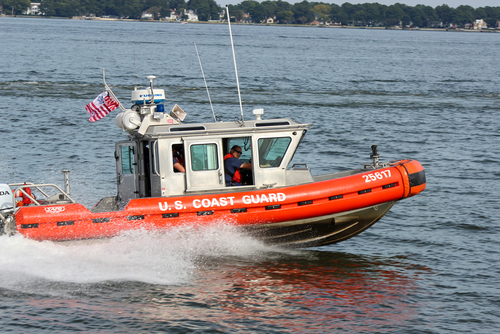This year, countless people will be setting sail, and our unwavering mission is to help you enjoy your passion for the water safely! Every sailor should know and respect the essential guidelines that keep them, their crew, and their vessel safe.
First and foremost, it is important to remember that the captain is responsible for all passengers on board.

Before Setting Sail
- Share Your Plans
Inform someone close about your sailing itinerary, any planned stops, and who will be joining you. - Check the Weather
Stay updated on weather conditions, wind direction, and tides. Visit the harbor master’s office for this information. Continue checking weather updates, routes, and nearby port areas to avoid unexpected contact with other vessels. - Appoint a Captain
Select a responsible captain, who will prioritize safety and make sound navigation decisions. Remember to bring any necessary boating licenses. - Carry Paper Charts
For offshore journeys, always carry paper charts. In case of a power outage, these charts are essential for navigating to your destination. - Bring Sufficient Supplies
Pack enough drinking water, food, and essentials for the trip. Hunger strikes fast at sea! - Prepare for Sun and Weather
Pack sunscreen, sunglasses, hats, and warmer clothing. Weather at sea can change quickly, and sudden winds are common. - Dress for Sailing
Wear non-slip shoes, layered clothing, and bring a change of clothes. Consider the “5 S’s” (Cold, Hunger, Fatigue, Chills, and Thirst) to prevent seasickness. - Inspect Your Boat and Equipment
Ensure your boat and safety gear are in top condition. Check the fuel, spare fuel can, engine oil, and coolant. Verify mooring lines, anchors, navigation lights, and emergency switches. Conduct a full inventory of safety equipment and report any issues. - For Motorboats
Monitor your engine’s fuel consumption to avoid shortages. Check the tanks, your hourly consumption, and the remaining fuel. Always attach the kill cord to your wrist for quick engine shutdown in case of emergencies.

The Day of Your Sea Outing
- Follow Speed Limits and Markers
Respect the markers and speed restrictions in place. - Check and Fit Lifejackets
Ensure lifejackets fit each passenger, especially children under 12. Regularly inspect lifejackets, harnesses, and lanyards. - Respect Sea Rules
Follow the rules of priority, keeping safe distances from others. Avoid approaching swimmers—boat propellers are sharp and dangerous. - Monitor the Weather
Conditions can change quickly at sea, so stay alert to weather updates. - Group Passengers During Maneuvers
If you’re performing a tricky maneuver, ask non-essential passengers to stay inside the boat. - Secure Equipment
Close engine blocks, store keys safely, and put away any unnecessary tools or equipment. - Sail Responsibly
Help preserve the marine environment. Anchor in sandy areas, dispose of waste on land, and respect fishing regulations (catch size, weight, and season).

Essential Safety Equipment
From life jackets to VHFs, life rafts, and lights, safety equipment is crucial. Division 240 details all necessary safety items—check it before you head out!



